News
-
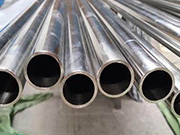
How to identify the advantages and disadvantages of industrial stainless steel pipes
304 food-grade stainless steel water pipe is a very special product. It is difficult to identify the authenticity with just the eyes. The pickling of thin-walled stainless steel water pipes produced in my country is divided into austenite, ferrite, martensite, and other precipitation hardening. O...Read more -
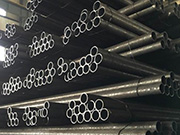
What do stainless steel pipes 201 and 304 mean
201 stainless steel and 304 stainless steel are common stainless steel materials, and they are widely used in many fields. Although they both belong to the stainless steel family, there are some differences between them. 1. Ingredients and properties 201 stainless steel: The main components of 20...Read more -
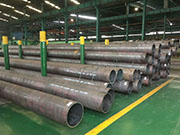
What are the differences between seamless steel pipes and welded steel pipes
1. The name coverage is different. According to different forming methods, steel pipes can be divided into welded steel pipes and seamless steel pipes. Precision steel pipes are included in welded steel pipes or seamless steel pipes, and their coverage is smaller. Precision steel pipes are steel ...Read more -
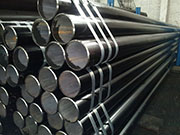
Details of industrial 20# petroleum cracking pipe/industrial 20# seamless steel pipe for petroleum cracking/industrial 20# seamless pipe for high-pressure petroleum cracking device
20# petroleum cracking pipe/20# seamless steel pipe for petroleum cracking/20# seamless pipe for high-pressure petroleum cracking device 20# petroleum cracking pipe is a high-quality pipe, mainly used to transport high temperature, high pressure, flammable, and explosive or toxic petroleum cracki...Read more -
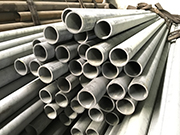
Welding process of thick wall steel pipe
Welding method: When welding thick-walled steel pipes, first clean the oil, paint, water, rust, etc. from the welding joint, and then make a bevel according to the wall thickness. If it is thick, make it larger, and if it is thin, make it smaller (angle grinder), and then It is the gap between th...Read more -
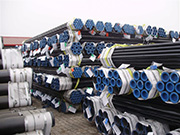
Industrial stainless steel seamless steel pipe related details
The concept of stainless steel pipe: It is a hollow long steel material, which is widely used as a pipeline for transporting fluids, such as oil, natural gas, water, gas, steam, etc. In addition, when bending and torsional strength are the same, the weight is lighter, so it is also widely used in...Read more
